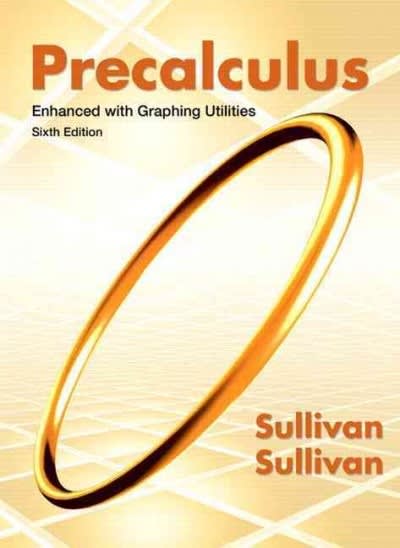Answered step by step
Verified Expert Solution
Question
1 Approved Answer
1. (10 points.) Trosiet chapter 11.4 Problem Set C, parts 1-3. Data: http://mtrosset . pages. iu. edu/StatInfeR/Data/cholesterol. dat Cholesterol Levels for Heavy Type A Men


Step by Step Solution
There are 3 Steps involved in it
Step: 1

Get Instant Access to Expert-Tailored Solutions
See step-by-step solutions with expert insights and AI powered tools for academic success
Step: 2

Step: 3

Ace Your Homework with AI
Get the answers you need in no time with our AI-driven, step-by-step assistance
Get Started


